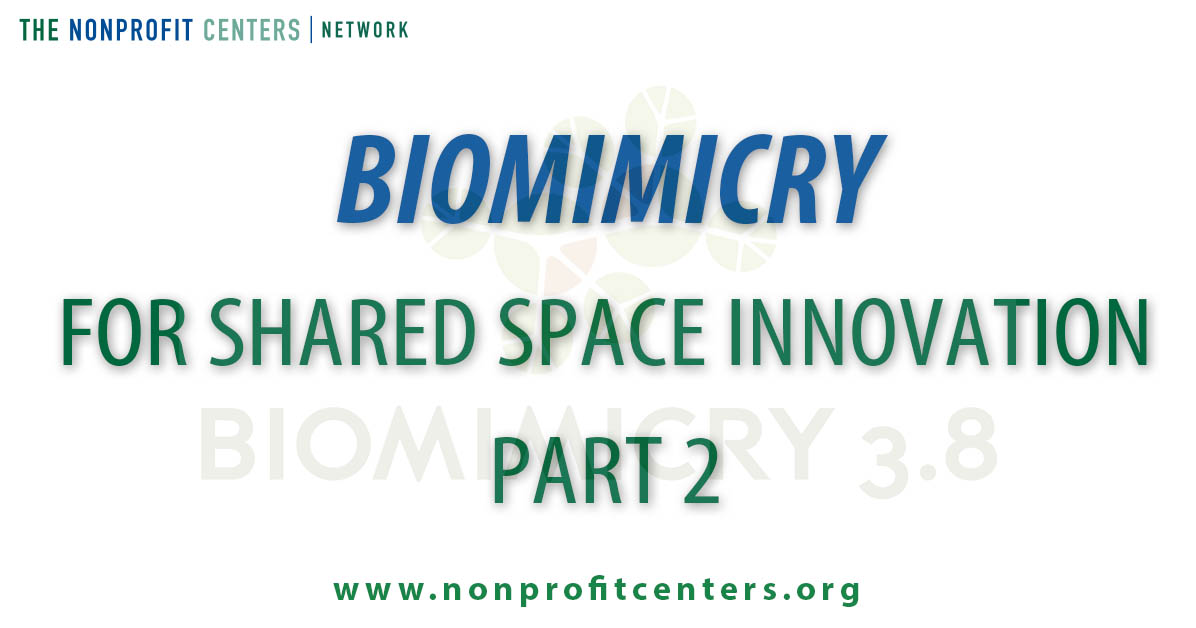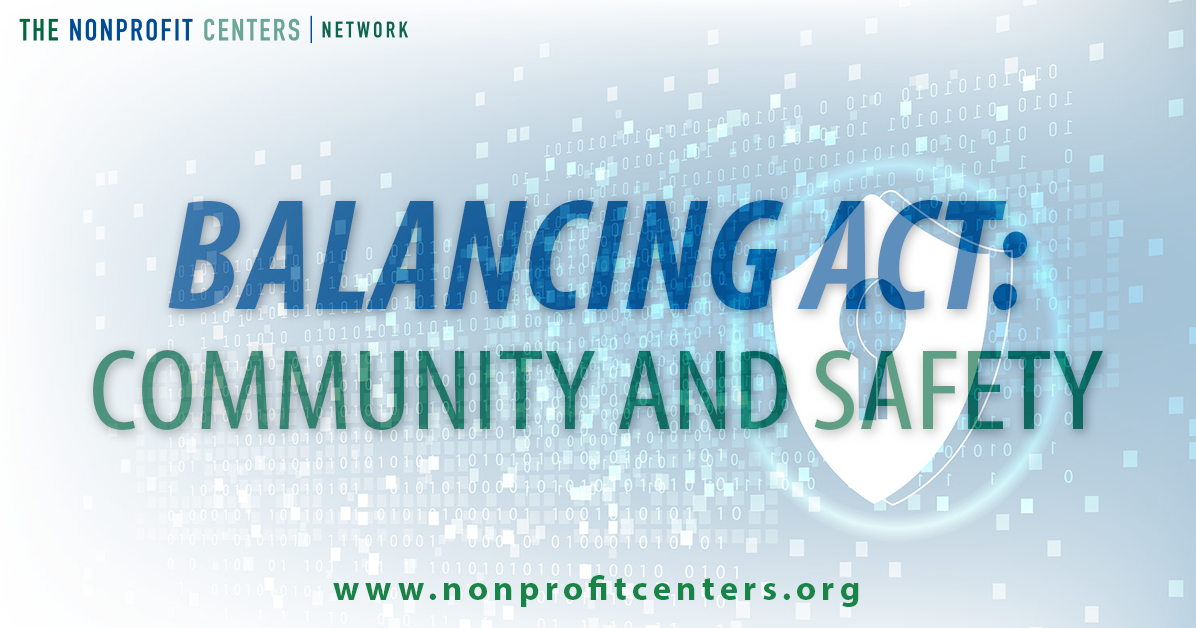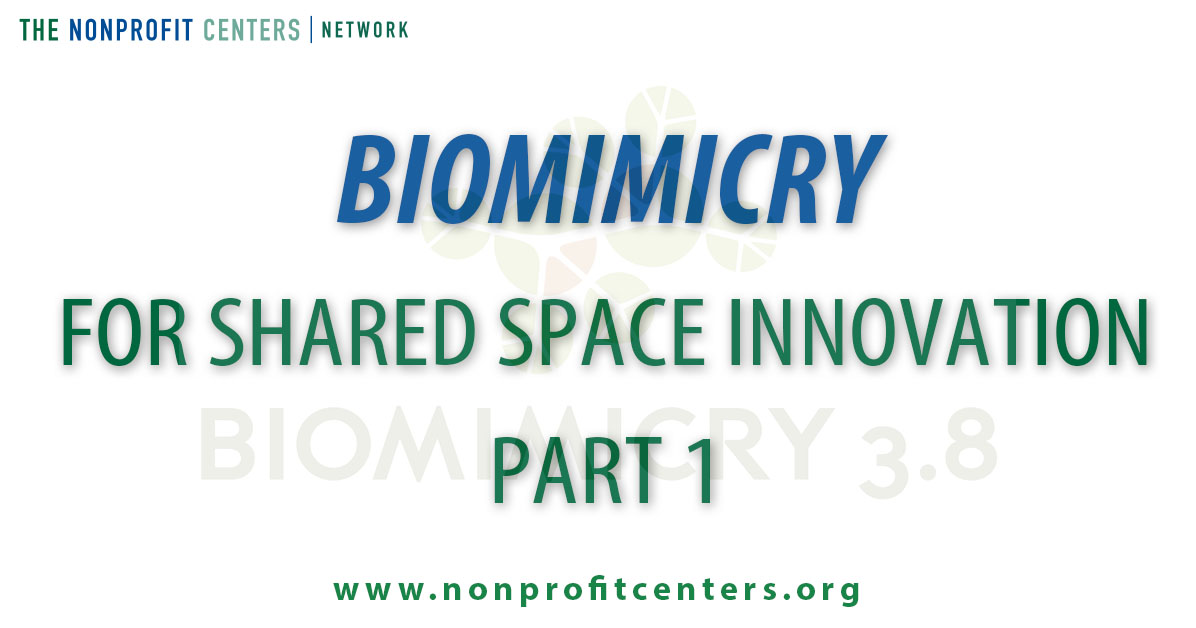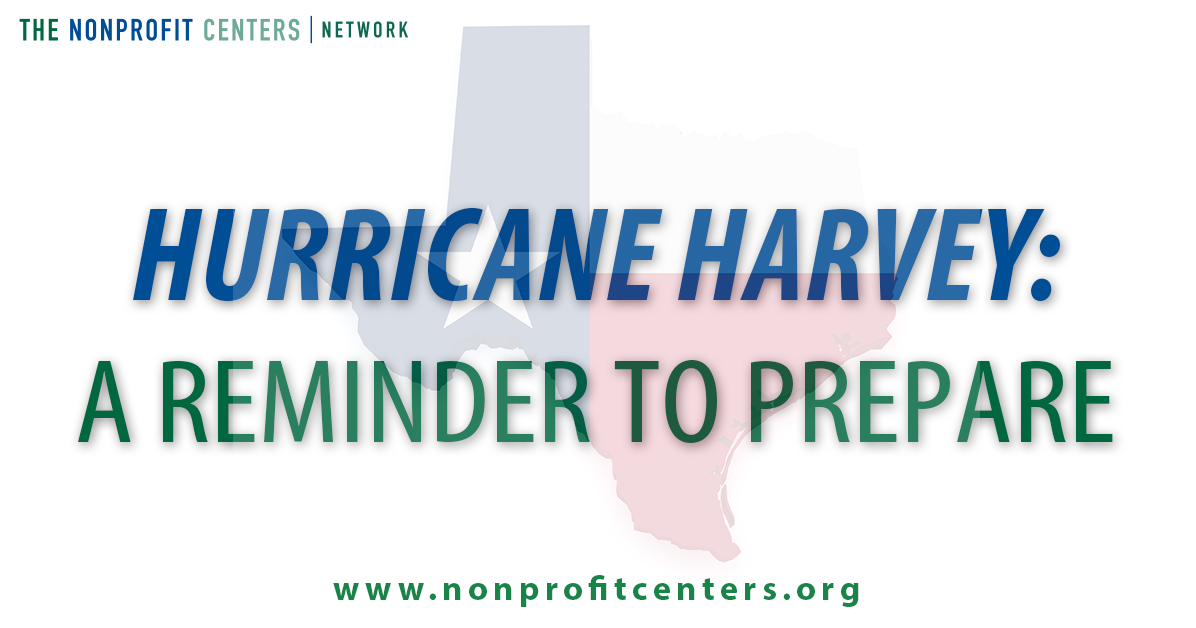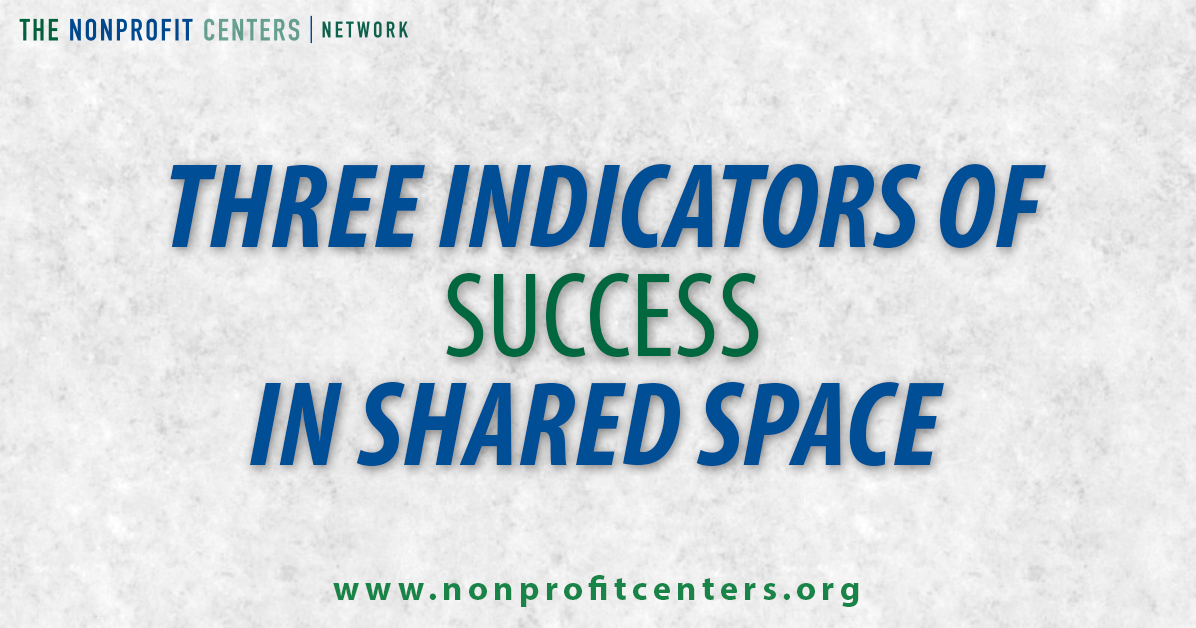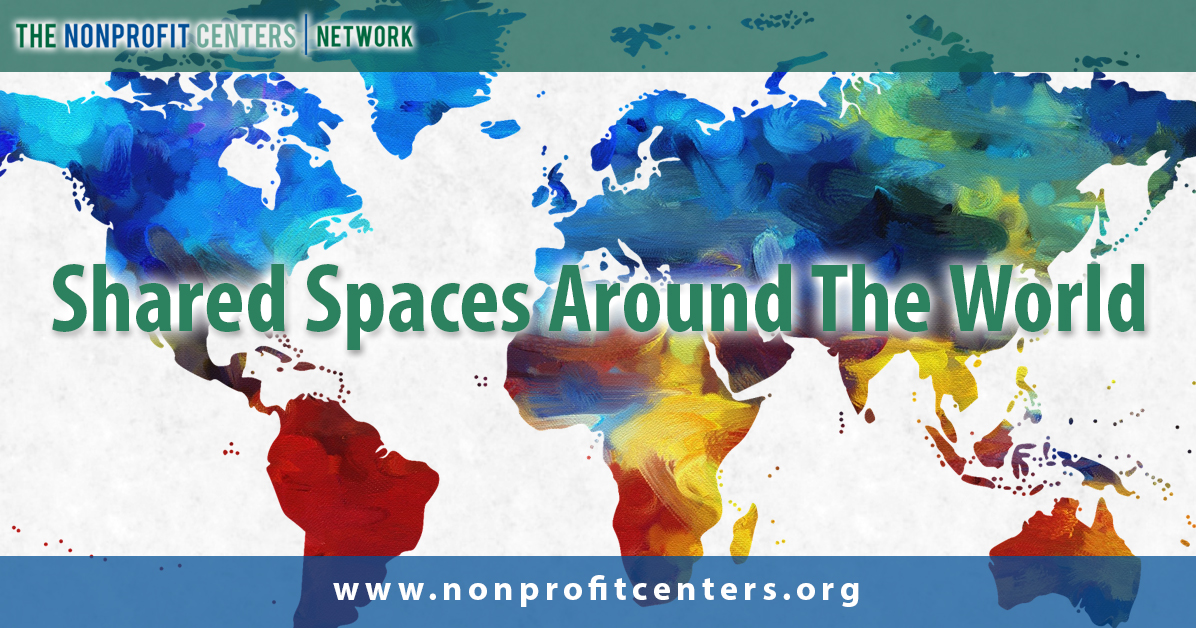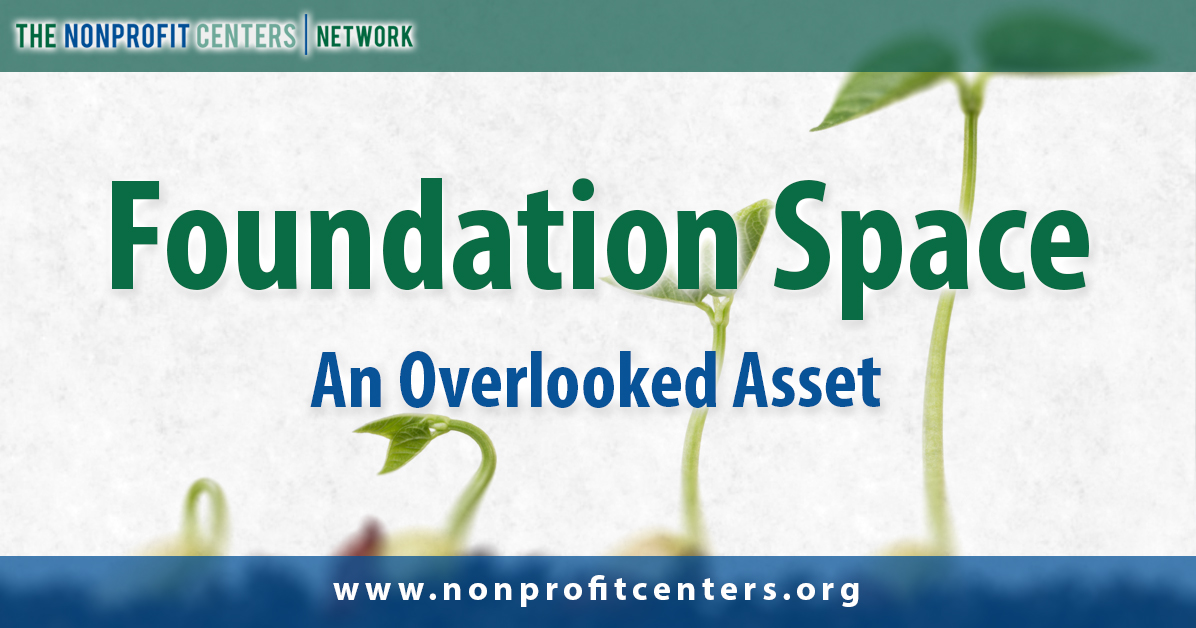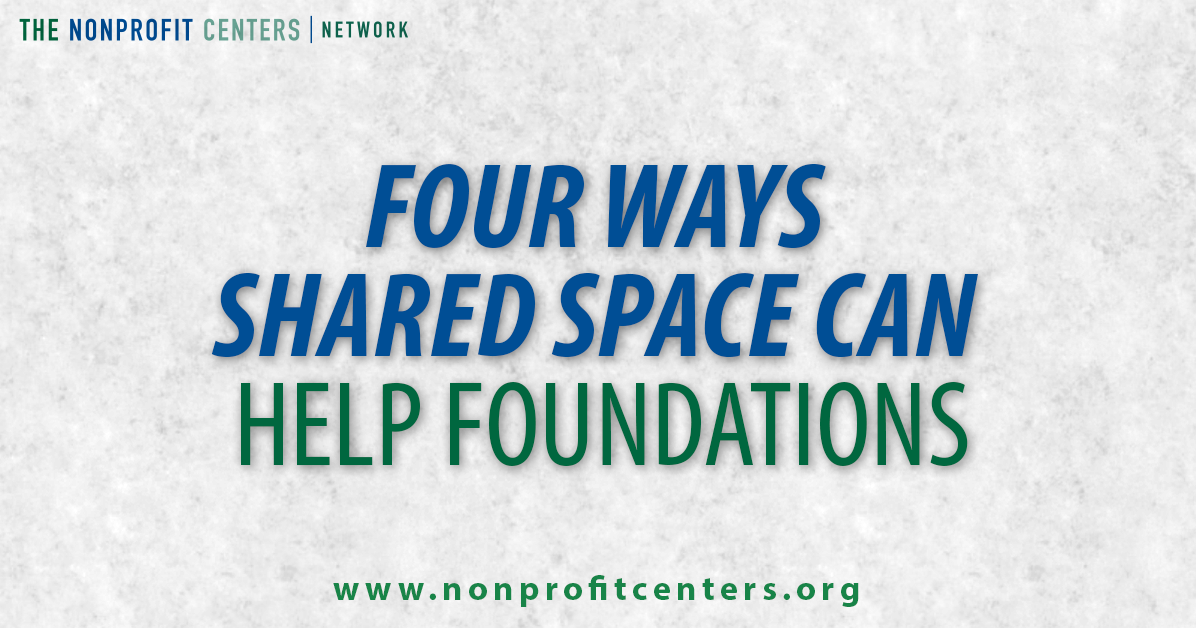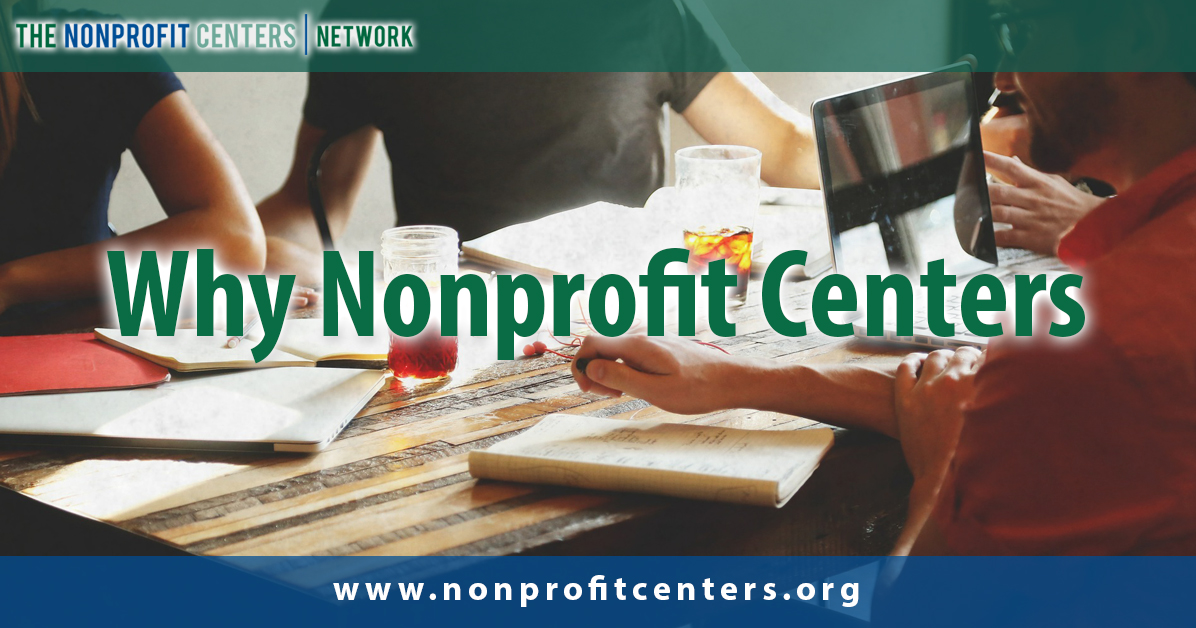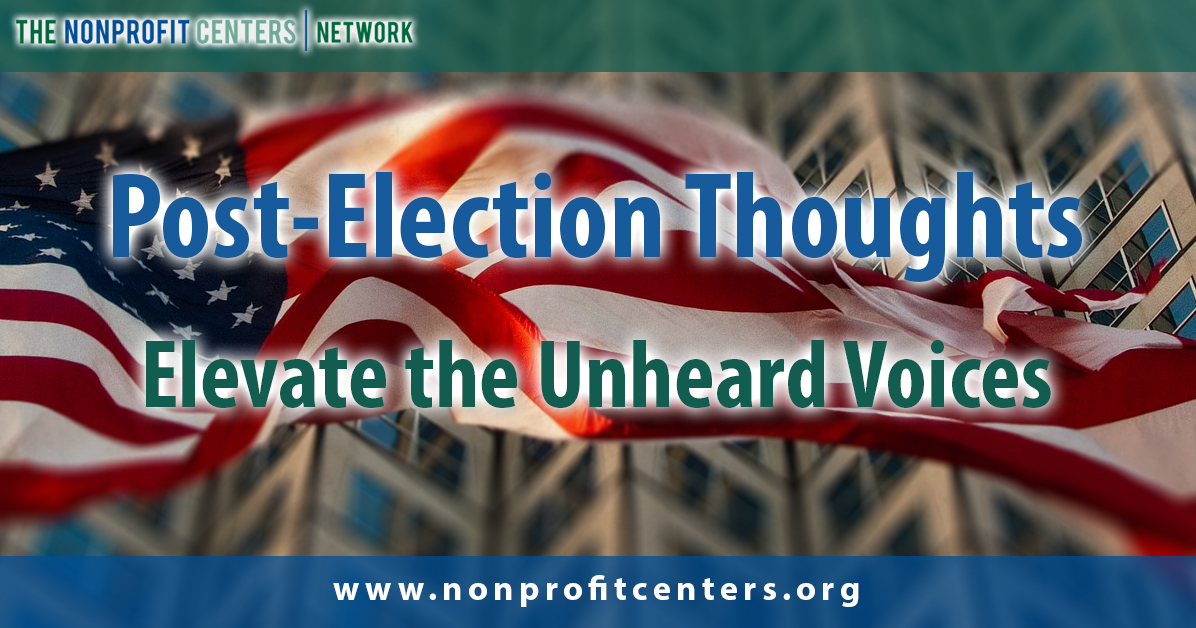Thousands of foundations expend dollars each year on offices for their staff. What would occur if each one envisioned its physical facility as a civic space – a place for itself, its grantees and its community? What would such spaces look like?
Fortunately, we find the answer to these questions in the stories of the 17 foundations described in this timely and important publication, Planting a Seed: Foundations Build Community with Shared Workspace. To borrow a phrase from John Elkington, a leader in the field of corporate global responsibility, each featured foundation has embraced a ‘triple bottom line’ approach to the design and operation of their facilities. They are creating economic, community and environmental benefits for a broad array of stakeholders.
In the economic realm, building projects become investments, create long-term savings, and can create employment opportunities for residents and support local businesses. In the community realm, foundations showcase the work of their grantees, host conference centers and provide quality office space for nonprofit organizations. In the green or sustainability realm, they model energy efficiency and the use of sustainable materials to create healthy places. In addition, these facilities demonstrate how other foundations can use workspace to vividly embody their values and mission. As reported in a recent Foundation Center publication, More Than Grantmaking: A First Look at Foundations’ Direct Charitable Activities, many foundations are finding new ways to augment their grantmaking to advance their respective missions. In the report, one-quarter of the surveyed independent and family foundations now conduct such direct charitable activities, such as:





